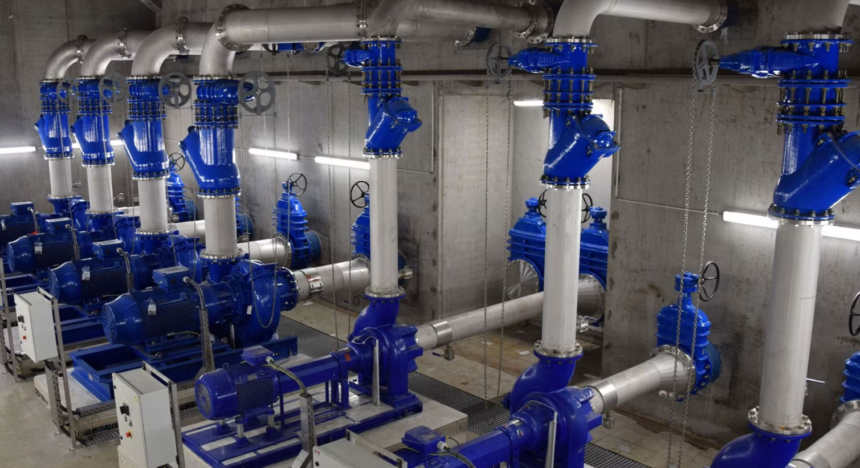What’s a Sewage Pump Station, and Why Should You Care?
Sewage pump stations are the unsung heroes of the plumbing world. They work tirelessly, often out of sight, to carry away effluent from industrial and domestic sources, keeping our surroundings clean. They also provide a safe avenue for waste disposal. Sewage pump stations come in handy for scores of people who can’t make use of gravity-assisted sewage systems due to their house and commercial locations. They are great for houses that are impossible to connect directly to public sewer lines. Let’s take a closer look at what sewage pump stations do and the immense convenience they offer.
Behind the Scenes: How Sewage Pump Stations Really Work
In a nutshell, sewage pump stations work by pushing wastewater from one point to another. The stations consist of several pipes that channel sewage from homes and industries guiding it into the main sewer lines. From the main lines, the sewage is directed to a large-scale sewage treatment facility for decontamination. While plenty of sewer lines are built to rely on gravity to do the heavy lifting and guide sewage with minimal intervention, sewage pump stations are needed in low-lying areas to give the wastewater an extra push the the main sewer line where gradient flow takes over.
Sewage pump stations consist of an inspection chamber, a wet well, a sewage pump, and an assortment of pipes. The wet well is where effluent goes and is held initially from domestic or commercial sources. This well holds wastewater for the volume to build up. Once the wet well reaches its full capacity, the pump kicks in, pushing out the collected sewage water into the main sewer line or higher elevation zones and back on its journey. The inspection chamber is used to make sure that everything is in good working order and may also be used as an access point to remove any blockages. \
Choosing the Right Type: The Sewage Pump Station Showdown
Sewage pumps can be submersible, where they are fully covered by water and can handle large volumes of wastewater and solids up to a certain capacity. On the other hand, grinder pumps are made to handle solid and fibrous waste and come equipped with cutting mechanisms to grind up solids that would otherwise impede the flow of sewage. The design and installation of sewage pump stations are also key considerations when treating your effluent. A residential pump station differs significantly from a commercial pump station in factors such as the size of the wet well, the pump’s capacity, and the cost and location of the station.
Does the sewage pumping station feature a dry pit, or are they going the way of submersible pumps instead? Dry pit stations require pumps to be located above the water in a dry area from where they function, while submersible pumps have the added advantage of being able to operate at depths while submerged, forcing wastewater from deep underground and back on track to the main sewer lines. It is also important to check with the local municipality before setting up a pump station. They provide guidance and regulation on where to place sewer lines and also lend their input on the sighting and capacities of sewage pump stations.
The Future is Now: Cutting-Edge Tech in Sewage Pump Stations
Advances in modern technology have brought about the proliferation of smart systems, such as automatic pumps that make use of remote monitoring with IoT devices for real-time observation and control. This means that your wet well will automatically trigger your pump once it reaches the necessary holding volume, eliminating the need for you to do it all manually and saving yourself precious time and energy in the process. Pump technology has also come a long way as the market evolved, with more energy-efficient pumps that use solar power, cutting utility costs and being greener for the environment in the process. This brief guide will arm you with the necessary fundamentals of sewage pump stations, making your next installation process a breeze.















